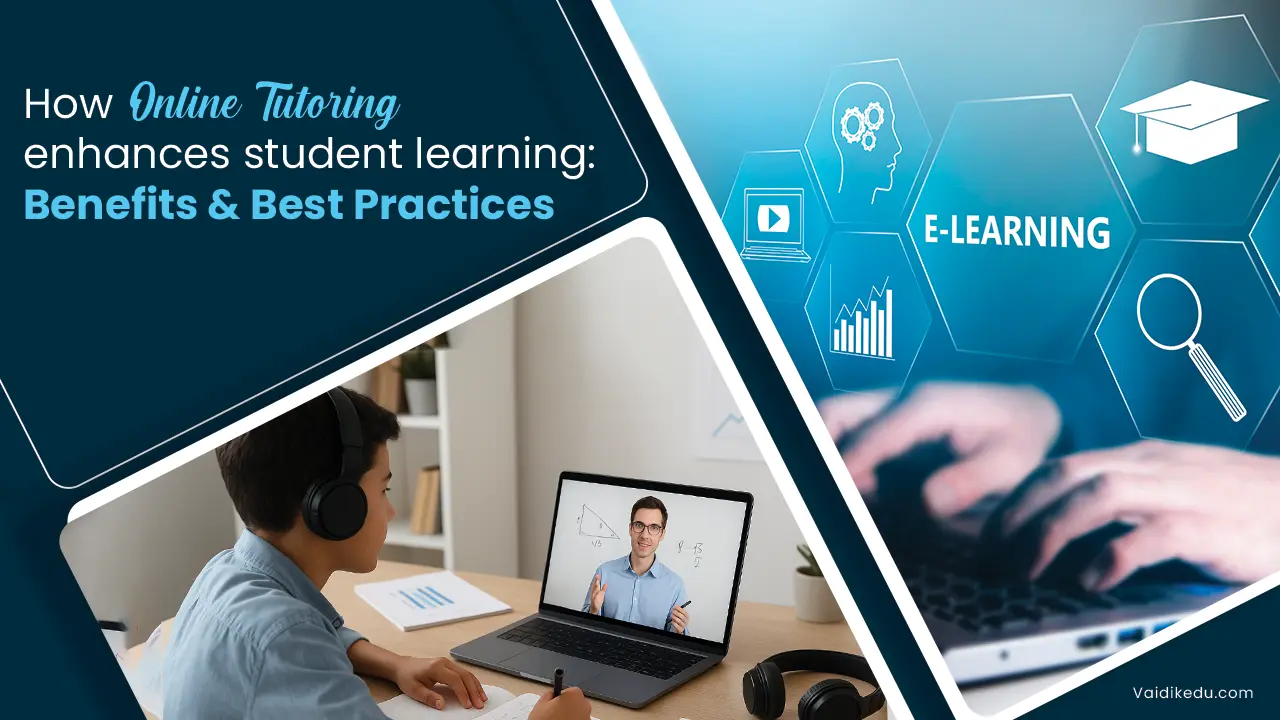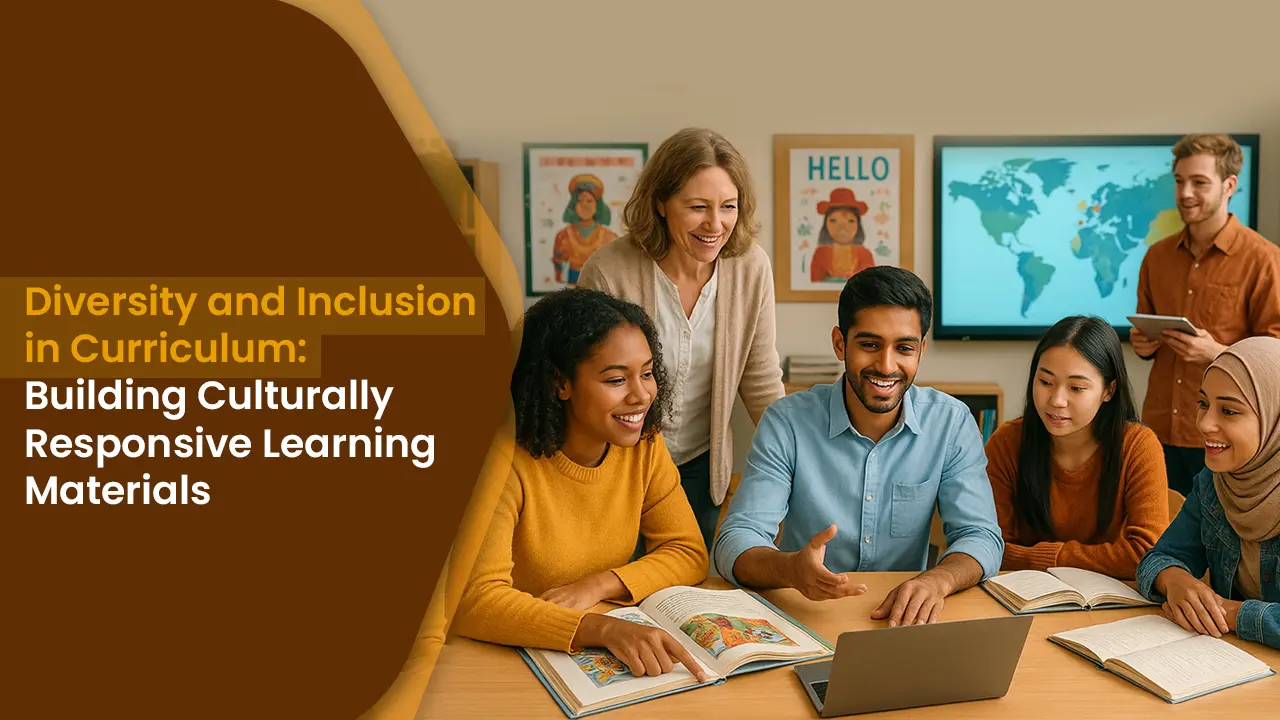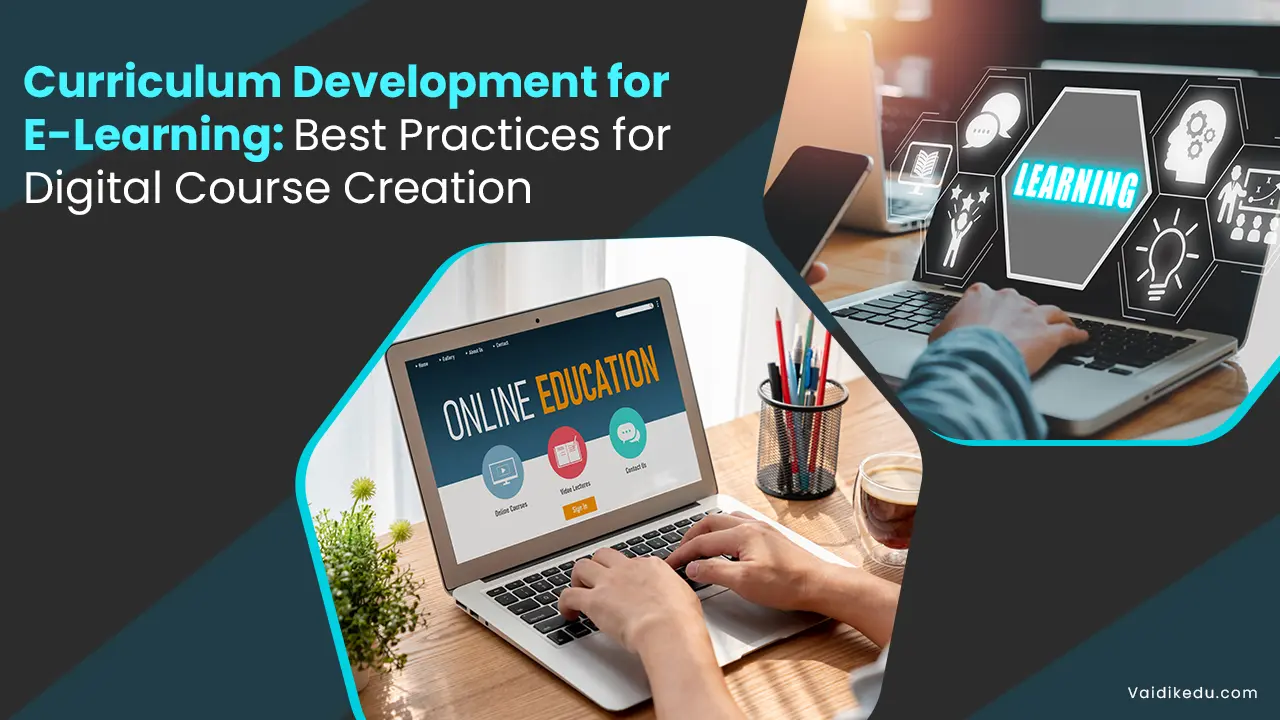The process of designing, organizing, and preparing educational experiences and content is known as curriculum development. It serves as the cornerstone for guaranteeing that students receive instruction that is pertinent, thorough, and efficient while satisfying social demands and academic standards.
The development of a curriculum is not a standardized process; rather, it is influenced by a number of principles that dictate the curriculum’s structure and content.
By addressing individual needs and encouraging the development of information, skills, and attitudes, these guidelines seek to make the curriculum relevant and useful for students.
There are common principles that indicate the development of any curriculum, which serve as an organizing structure to ensure that the curriculum is in line with the learning objectives and the larger goals of education.
Though the particular procedures may vary across different educational systems or institutions, curriculum development involves a number of steps, including determining educational goals, choosing appropriate instructional strategies, and assessing outcomes.
We will examine the fundamentals of curriculum building in this blog, as well as how they impact the educational process and how they may be used to establish productive and interesting learning environments.
Teachers, curriculum designers, and legislators can collaborate to create curricula that not only satisfy academic requirements but also promote students’ total growth in both the personal and professional spheres by being aware of these ideas.
Key Principles of Curriculum Development
1. Learner-Centered Approach
One of the most essential elements in curriculum building is the focus on the student. A curriculum should be constructed with the needs, interests, and developmental stages of pupils in mind.
It should take into consideration the learners’ prior knowledge, learning preferences, and cognitive capacities. Students can take charge of their education with a learner-centered curriculum that promotes critical thinking and active engagement.
With this method, the emphasis is shifted from passively absorbing knowledge to creating an engaging and dynamic learning environment. This idea encourages a sense of agency, engagement, and motivation by highlighting the learner’s responsibility in directing their education.
2. Relevance And Practicality
In order to ensure that students acquire knowledge and skills that they can use outside of the classroom, a curriculum should be relevant to their lives and in line with the immediate needs of the world they are preparing to enter.
This principle highlights the significance of keeping the curriculum current with contemporary events, technological advances, and global challenges. Whether the curriculum is being used to prepare students for higher education, future employment, or contributions to society, its content and objectives should be applicable, practical, and meaningful.
Students are also better able to comprehend the links between their education and their daily life when real-world experiences are incorporated into the curriculum. For example, incorporating environmental studies into everyday activities or using mathematical ideas to solve real-world issues can help students find learning more interesting and relatable.
3. Coherence and Continuity
Continuity, or the natural progression of learning from one grade level or course to the next, should be guaranteed by curriculum development. The objectives and material should reinforce important ideas and provide links between other subjects, building on previously learned concepts.
Every lesson or module in a cogent curriculum acts as a springboard for a more comprehensive educational objective, guaranteeing that there are no learning gaps or overlaps.
Coherence also suggests that the curriculum should be structured, with learning activities and teaching methods thoughtfully designed to produce a logical flow of concepts. This aids students in understanding the content and recognizing its significance in relation to their education as a whole.
4. Adaptability and Flexibility
The curriculum must be flexible enough to accommodate students’ various demands. In order to guarantee that all students, including those with special needs, can successfully access the curriculum, it must take into consideration variations in learning styles, aptitudes, and histories. Curriculum design flexibility enables adjustments in response to teacher input, student feedback, and continuing evaluations.
Additionally, this principle highlights the necessity for a dynamic curriculum that can adapt to changes in the educational setting, including new technology, global challenges, or societal demands. The development of critical thinking and problem-solving abilities that kids will need in the future can be hindered by a strict, unyielding curriculum.
5. Combining Knowledge and Skills
A well-rounded curriculum incorporates vital life skills like critical thinking, communication, teamwork, and emotional intelligence in addition to academic knowledge. Students can develop competencies that are helpful in many facets of life, both personally and professionally, by integrating their abilities with topic knowledge.
For example, a scientific curriculum that combines practical experimentation with critical thinking encourages students to learn new information and hone their problem-solving abilities.
Similar to this, incorporating ethical or social responsibility debates into a history or social studies curriculum can assist students in applying what they have learned to practical circumstances. This method guarantees that students are not just taking in material but also learning how to use it in useful, significant ways.
6. Learning Assessment
Clear techniques for evaluating students’ progress should be incorporated into curriculum creation. Assessments shouldn’t be used only to issue grades or decide whether a student passed or failed, though. Assessments Development should instead be viewed as a learning tool that aids in identifying students’ and teachers’ areas of strength and growth.
This principle highlights the need for ongoing, formative assessment that takes place during the process of learning rather than at its conclusion. This makes it possible to modify teaching and learning methods in order to better suit the needs of the pupils. A variety of assessment techniques should also be used, such as both conventional exams and more contemporary, real-world evaluations like portfolios, project-based learning, and self-assessments.
7. Equity and Inclusivity
Ensuring equal access to learning opportunities for all students, irrespective of their background, socioeconomic condition, or ability, is a fundamental tenet in curriculum creation. All students should have an equal opportunity to achieve, and the curriculum should be created to accommodate marginalized or underrepresented groups.
In order to be included in the curriculum, different learning styles, backgrounds, and skill levels must be accommodated. In order to represent the complex character of society, it may also entail incorporating ethnic variety, global perspectives, and many points of view.
Teachers contribute to the development of an equitable learning environment where each student is valued and provided with the tools they require to succeed by addressing equality in the curriculum.
Conclusion
The process of developing a curriculum is dynamic and intricate, requiring close attention to a number of guiding concepts. Teachers can design a curriculum that is thorough and interesting by keeping the student in mind, making sure that it is relevant and useful, keeping it coherent and continuous, and fusing information and skills.
The curriculum is further improved by flexibility, adaptability, and inclusion, which make it sensitive to the various requirements of pupils. Lastly, assessment for learning offers a way to track development and make the required modifications to enhance the educational process.
By incorporating these ideas into curriculum design, educators may make sure that students acquire the skills and competences necessary to meet future problems in addition to academic information. Teachers and curriculum designers can design learning experiences that support students’ academic success and personal development by following these guidelines.
Frequently Asked Questions
Because it influences students’ educational experiences, curriculum creation is essential. In order to prepare students for success in the future, a well-designed curriculum guarantees that learning is organized, pertinent, and customized to their requirements.
The creation of a learner-centered curriculum involves taking into account the needs, interests, and learning styles of the students as well as incorporating interactive activities, discussions, and opportunities for students to actively participate in their education.
These challenges include balancing the needs of diverse learners, making sure the curriculum is in line with standards and policies, and making sure the curriculum is still relevant in an educational environment that is continuously changing.
The success of a curriculum can be judged by how the learners perform, feedback from teachers and students, and alignment with educational goals. Regular reviews and assessments of the curriculum help discover opportunities for improvement.
Indeed, the curriculum ought to be adaptive and flexible. It should be examined and updated frequently to take into account fresh findings in education, shifting social demands, and input from educators and learners.









